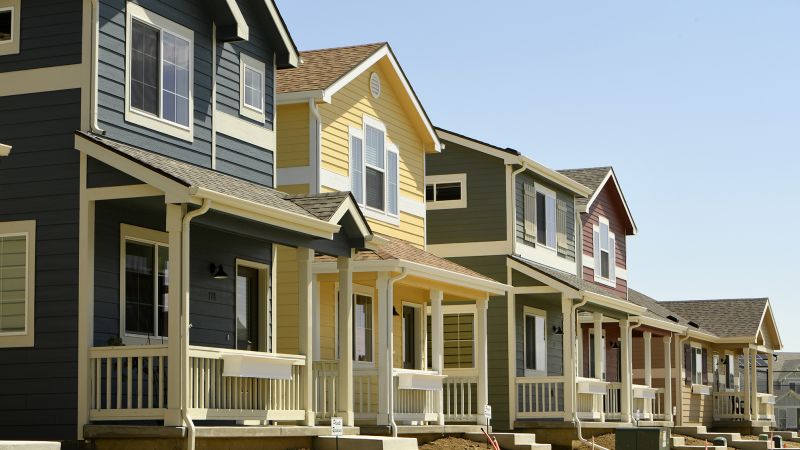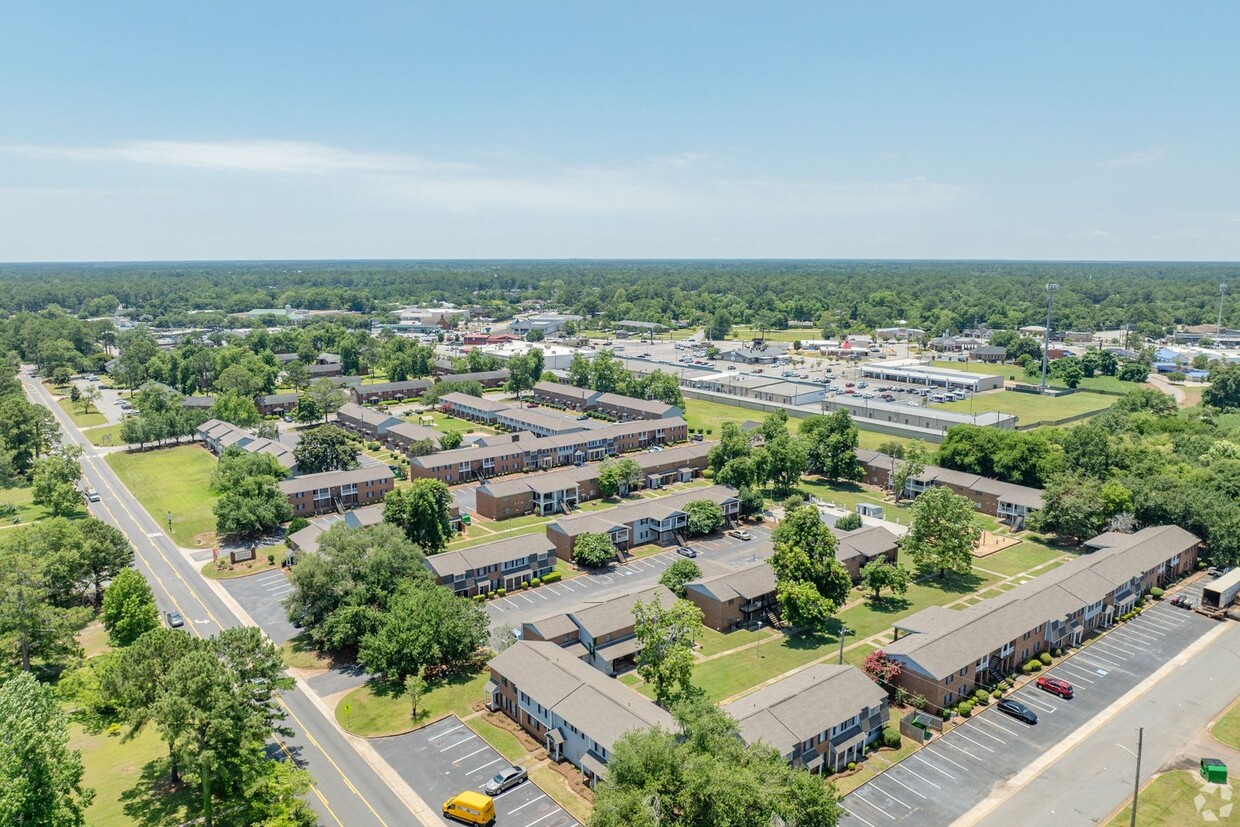Starting in Multi-Family Real Estate Investing ? : Top 10 Things Beginners Need to Know
Starting in Multi-Family Real Estate Investing ? : Top 10 Things Beginners Need to Know
If you’re considering multi-family real estate investing, there are a few things you need to know before starting out.
Investing in real estate property can be profitable, but it’s not always easy. You’ve got to find the right deal, manage tenants and repairs, and deal with unexpected problems. There’s a lot that can go wrong, and this is why it’s so important to take all the necessary precautions. The more you know prior to buying real estate for investment, the better off you’ll be and the stronger your plan will be if (or when) something goes wrong. If you’re considering multi-family real estate investing as a serious source of income, here are ten things that you should know before starting out.
What is Multi-Family Real Estate Investing?
A multi-family home is an apartment building, duplex, triplex, or other buildings that house more than one family in separate spaces. It’s great for those who want to increase their investment portfolio while gaining income, and they can sometimes be easier to manage than single-family homes. Plus, you can even do an owner-occupier situation and live in a unit to reduce the need for a building manager.
Why Should You Consider Multi-Family Real Estate?
The world of real estate investing is very lucrative–but it’s also risky. If you learn the game properly and take good care of your properties, you’ll likely do very well for yourself. After all, you don’t get rich by playing things safe. You can’t invest in real estate without a team. If you’re serious about investing in real estate, then it’s best that you find reliable professionals that are well-versed in their respective fields.
What Makes A Good Multi-Family Property Investment?
When it comes to figuring out what makes a suitable investment property, you need to look at many different factors. You want a property that is easy to maintain, has a good location and one that is suited to your budget. If your property needs lots of work to be in good shape, then you need to figure out if it will be worth the work and if you are willing to do what will need to be done.
What Should I Look For in a Building?
The type or condition of the building you choose will likely depend on your cash flow and what is available in your area. You should be looking for something that doesn’t require too much for repairs or maintenance if you want to try and keep your income high, but you can’t slack on maintaining the building or your tenants won’t be happy. Look for a good location that is near schools and shopping opportunities and try to look for a number of units you can handle.
Is The Purchase Process Time-Consuming?
It can take months to find the right property, months more for your offer to be accepted, and even more time before the closing process is finished. You have to do a lot of research upfront to find properties that are in good condition at reasonable prices while also being located in areas that you want to work with. And don’t forget that your time is valuable, too–you may have to miss out on other investment opportunities as you wait for the perfect properties.
Is Property Management A Necessity?
Once you’ve successfully purchased a property, it’s up to you to make sure that everything is running smoothly on the back end. This means regular inspections and repairs, as well as finding tenants who will look after your property and pay their rent on time. Managing a rental property takes a lot more effort than just finding that perfect spot and collecting cash.
Can I Make Money Quickly?
As with other kinds of investments, there are no shortcuts to success when it comes to multi-family real estate investing. You can’t just buy any property; you have to work with experts to find the best deals. You can’t just take on any tenant; you might end up with a renter that destroys your investment property. And there’s no guarantee of instant profit–it may take years before you see real returns on your initial investments.
What’s The Difference Between Single-Family and Multi-Family Property Investing?
There are quite a few differences between different properties, and it’s a good idea to understand both before you decide to start investing. Single-family homes are much easier to manage, they require less of a down payment, and they are more widely available than multi-family homes. On the other hand, multi-family homes can earn you quite a bit more in income in the same amount of time, you can sometimes receive tax benefits when you invest in them, and they are often easier for you to insure.
Can I Make Money Right Away?
Houses don’t become profitable overnight, so be aware of this fact before you buy your first property. It may take months or years before the revenue from your development is enough to cover all of your expenses–and that’s just to break even. If you want to live off of your real estate investments, it could be years before that happens–and even then, you will have ongoing costs for repairs and management.
How Do I Figure Out What Type Of Investment is Best For My Financial Situation?
There are a few things you want to look at before you think about making your first multi-family home investment.
- NOI (Net-Operating Income): NOI is the amount of money that your property makes after you subtract your operating costs. If you have a monthly income from your 4-flex of $8000 but it costs you $1000 to your property manager and another $2000 in energy costs, then your NOI will be $5000. You can also do this on an annual level to calculate your cap rate.
- Cap rate: The cap rate will allow you to compare the property you are looking at with other properties that are similar so you can compare. The cap rate is calculated by taking your NOI and dividing it by your purchase price (or current market value).
- Cash flow: Your cash flow will likely depend on how much money you have actual access too along with your investments. In layman’s terms, it’s the amount of money that enters and leaves your bank account each month for various real estate expenses. A low cash flow means you might not qualify for some of the low rates that can come from your bank.
- Price to Rent ratio: Your price-to-rent ratio is determined by dividing your property’s value by the annual income you receive from it. If your property costs you $500,000 initially and it gives you $60,000 a year then your price to rent ratio is 8.3. Anything under 15 is a great value and it will likely give you some good income but if it’s over 21, you should really check out the details of the investment as it may be too overpriced.
A lot is involved in the process of searching for, purchasing, and maintaining multi-family real estate. It’s one of the riskier types of investments, but it can also be incredibly rewarding if you’re careful and diligent. Whether you’re eager to get started or concerned about making such a major commitment, keep these 10 points in mind before diving into the world of multi-family real estate.
Why do it on your own … Are you looking to get started with your first Multi-Family Housing investment? At SIMM Capital our investment strategy is to seek the best assets that hold the largest opportunities to improve on management and value, delivering in rent growth year over year that will result in cash out refinance events and high-quality returns. To learn more on how we can help click the link : www.simminc.com




Recent comments